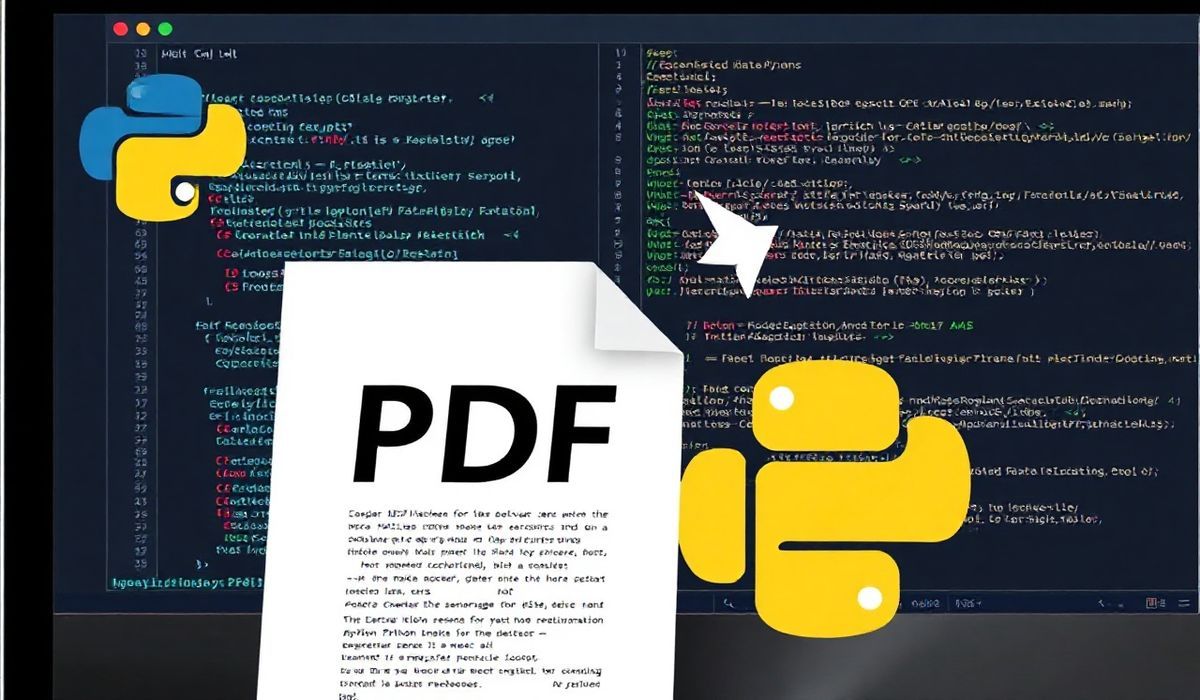Introduction to pdfplumber
pdfplumber is a powerful Python library designed for extracting and analyzing content from PDF files. Unlike other PDF libraries, pdfplumber provides detailed access to the structure of the PDF, including text, tables, images, and even the positioning of elements on the page. This makes it an invaluable tool for data extraction, document analysis, and automation tasks.
Key Features of pdfplumber
- Extract text, tables, and images with high precision.
- Access detailed metadata about the PDF, such as page dimensions and fonts.
- Navigate through the PDF’s structure, including lines, rectangles, and curves.
- Support for both simple and complex PDF layouts.
Useful APIs and Code Examples
1. Extracting Text
To extract text from a PDF, use the extract_text() method:
import pdfplumber
with pdfplumber.open("example.pdf") as pdf:
first_page = pdf.pages[0]
text = first_page.extract_text()
print(text)
2. Extracting Tables
For extracting tables, use the extract_tables() method:
with pdfplumber.open("example.pdf") as pdf:
first_page = pdf.pages[0]
tables = first_page.extract_tables()
for table in tables:
for row in table:
print(row)
3. Extracting Images
To extract images, use the images property:
with pdfplumber.open("example.pdf") as pdf:
first_page = pdf.pages[0]
for image in first_page.images:
print(image)
4. Accessing Page Dimensions
You can access the dimensions of a page using the width and height properties:
with pdfplumber.open("example.pdf") as pdf:
first_page = pdf.pages[0]
print(f"Page Width: {first_page.width}, Page Height: {first_page.height}")
5. Extracting Lines and Shapes
To extract lines, rectangles, and curves, use the objects property:
with pdfplumber.open("example.pdf") as pdf:
first_page = pdf.pages[0]
for obj in first_page.objects["line"]:
print(obj)
Real-World Application Example
Let’s say you need to extract all the tables from a PDF and save them as CSV files. Here’s how you can do it:
import pdfplumber
import csv
with pdfplumber.open("example.pdf") as pdf:
for i, page in enumerate(pdf.pages):
tables = page.extract_tables()
for j, table in enumerate(tables):
with open(f"table_page_{i+1}_table_{j+1}.csv", "w", newline="") as csvfile:
writer = csv.writer(csvfile)
writer.writerows(table)
This script will save each table from the PDF into a separate CSV file, making it easy to analyze the data further.
Conclusion
pdfplumber is a versatile and powerful tool for working with PDFs in Python. Whether you’re extracting text, tables, or images, or analyzing the structure of a PDF, pdfplumber provides the tools you need to get the job done efficiently. With the examples provided, you should be well on your way to mastering this library.




